11 Best Foods to Burn Fat Quickly
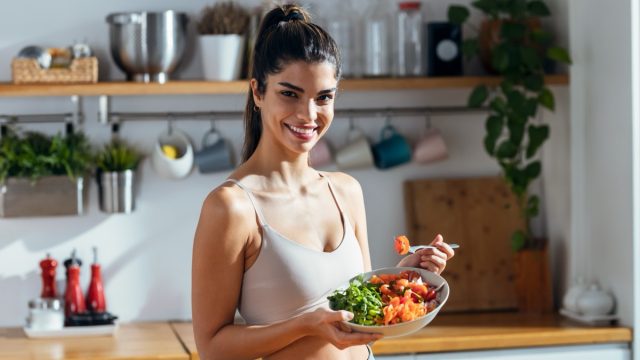
Do you want to eat your way to fat loss? You can, as long as you eat the right fat-burning foods. Darryl Williams (@BullyJuice) is a fitness influencer and "virtual trainer" who boasts over 8 million subscribers on his YouTube channel. He regularly shares content about how to lose weight and build muscle, tapping into his own experiences. In a recent viral video, he reveals the "top 10 fat-burning foods"—and some of them might surprise you.
Avocado
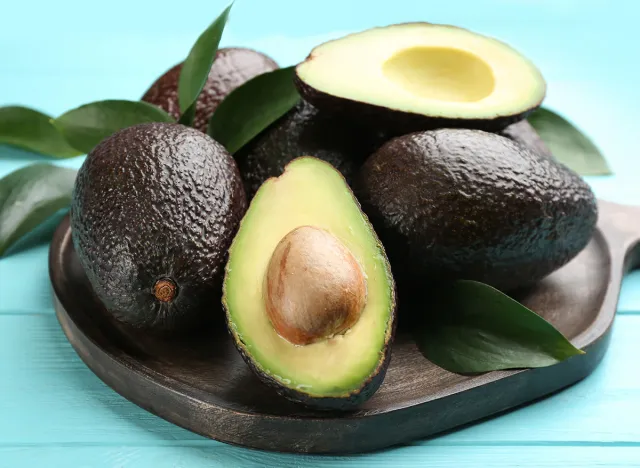
The first item, avocado, is "low key," one of his "favorite" snacks. "This is a great source of healthy fat," Darryl says. He eats it as a snack or with breakfast. "Either way, you're gonna have it. You need to have it," he ensures. "Some people also like to sprinkle some salt pepper on it. My wife, in order for her to eat this stuff, she has to have salt and pepper."
Walnuts
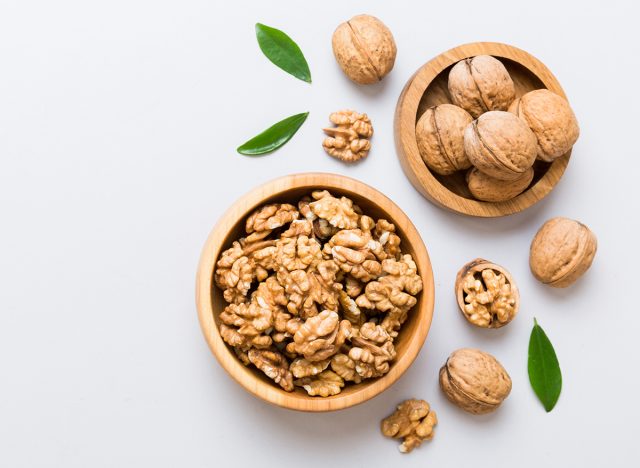
Next up? Walnuts. "When it comes to peanuts and nuts of all kinds, walnuts are not necessarily my favorite, but they are good for you. I'd rather eat some almonds because almonds are dope as well. Walnuts have lots of things that'll get you to the fat burning," he says.
Salmon
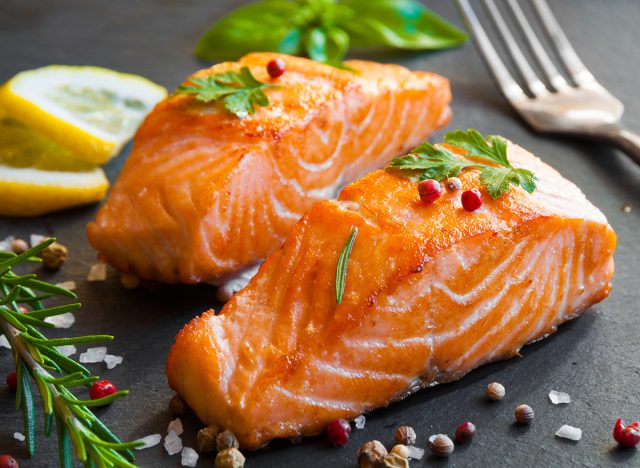
Next up on the list? Salmon. "Salmon is full of protein. Obviously, the more protein in your diet is going to help you burn more fat," Darryl explains. "Salmon's also one of those meats that are packed with healthy fats, leaving you nice and full after the fact, which will also make it less likely for you to overeat. It's great. Try some."
Grapefruit
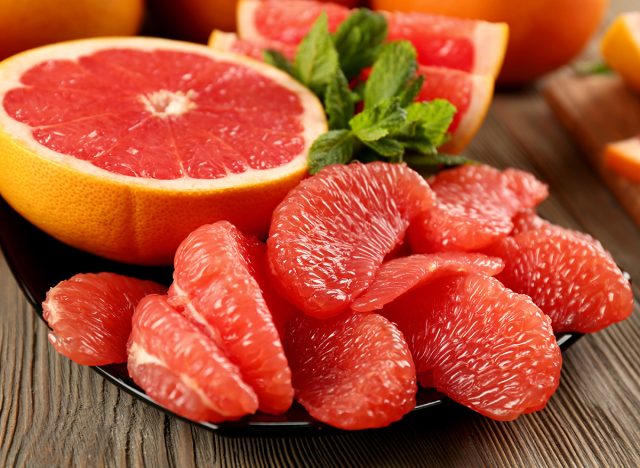
Grapefruit is a great snack or breakfast, according to Darryl, and it is "just amazing," he says. "It's one of those fruits that help you regulate your insulin levels. It also contains lots of potassium. Antioxidants will help overall reduce fat."
Bananas
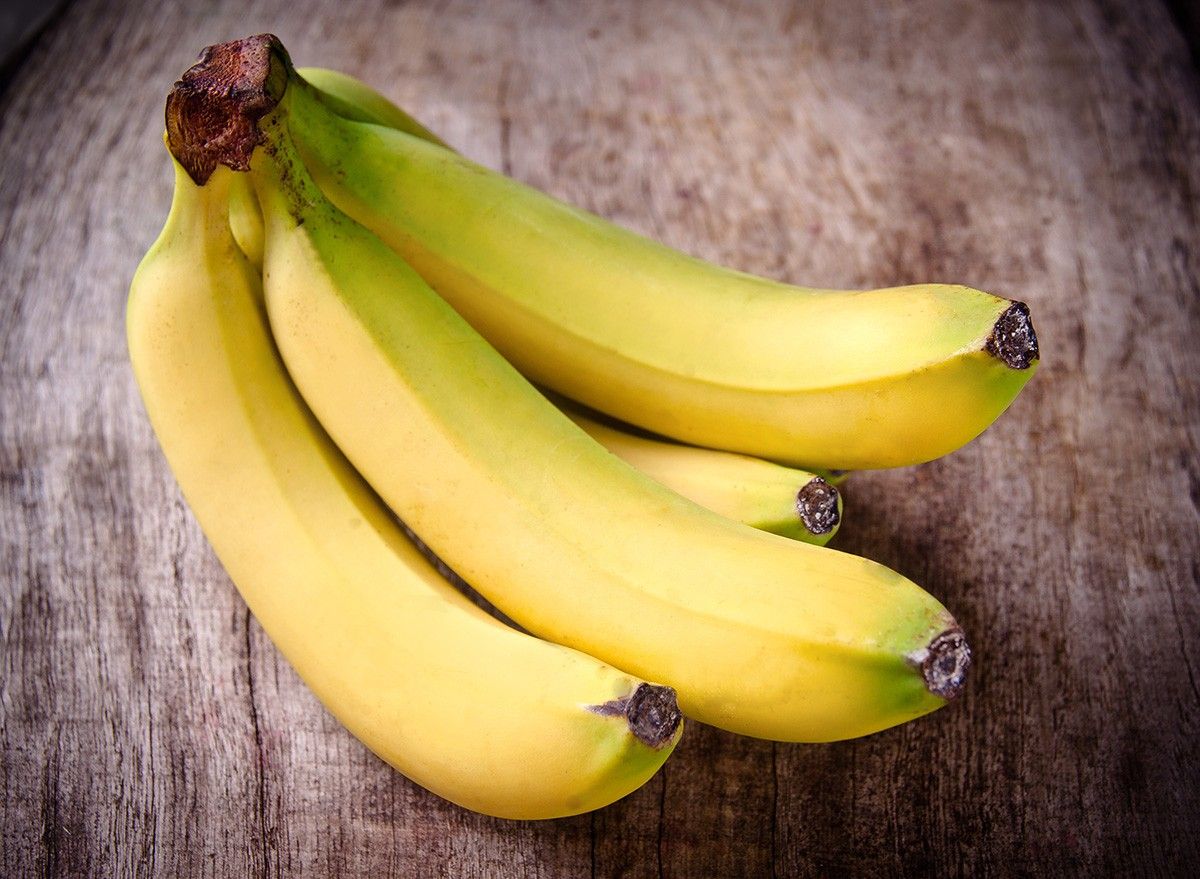
He also recommends bananas, a "top bodybuilding, fat-burning food," he says, explaining that they contain "loads of potassium as well as fiber." Eating a banana will make you "feel kind of full after having a snack," he says. "It's gonna help with recovery, help with cramps. Simple, easy to throw in your bag and get to moving, right? Comes with its own packaging, too."
Berries
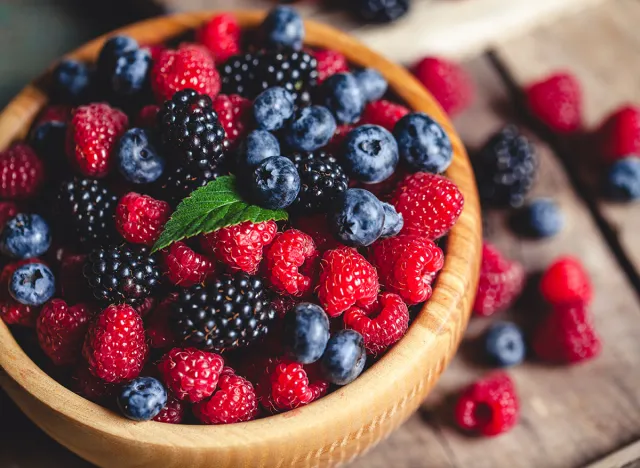
Another great fruits are berries, "strawberries, blueberries, blackberries, raspberries, just berries," he says. "So I like to put berries in my smoothies." The biggest problem? "Berries go bad extremely fast," he says. He recommends washing them and then bagging them in Ziploc freezer bags, and throwing them in the freezer.
RELATED: Lose 30 Pounds in 60 Days with These 5 Simple Plyometric Moves
Coconut Oil
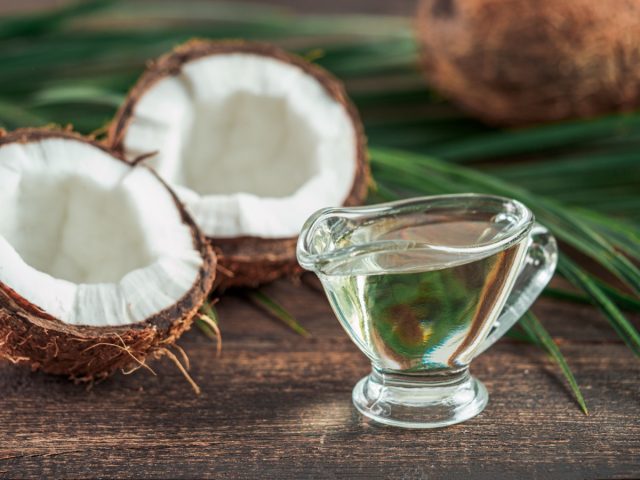
"The next food item we're going to discuss happens to also be a healthy fat source," he says about coconut oil. "So I also like to take a teaspoon or so of some coconut oil and throw it in my smoothie, right, as a good source of fat. People use coconut oil for everything. There are lots of benefits to this. From your skin to your hair, to your body fat."
Eggs
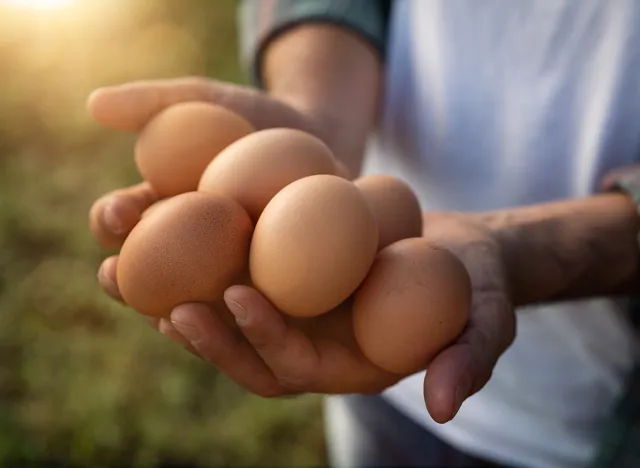
Next up, eggs. "Eggs are actually extremely high when it comes to protein. Also, they have a high TEF, which means your body has to burn more calories in order to digest it. So you can scramble it. You can boil it. I like to boil sometimes because it's quick. Wake up in the morning, throw a bunch on the stove, they'll be boiling while I'm doing something else. Throw some avocado in there, maybe some oatmeal or some grits with a grapefruit on the side, just a complete breakfast."
Olive Oil
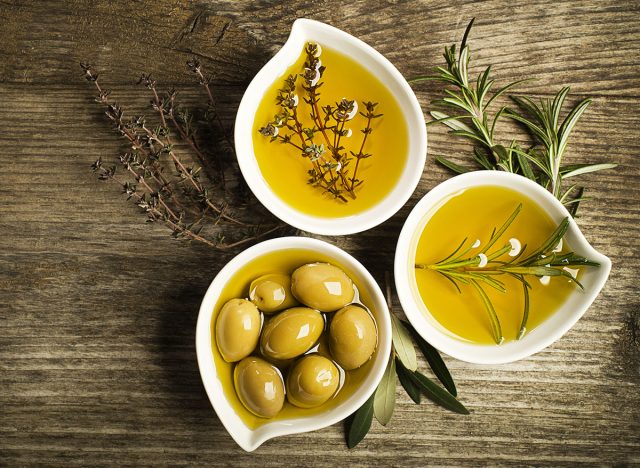
Another "healthy fat source" for burning fat is olive oil. "Now, although olive oil and small amounts are great for reducing your fat, it's also good for your brain and heart function and small amounts. Go ahead and start sprinkling some olive oil on your chicken or your rice or whatever. Mixing it up a little bit. Throw it in the diet. Good fat-burning food," he says.
Yogurt
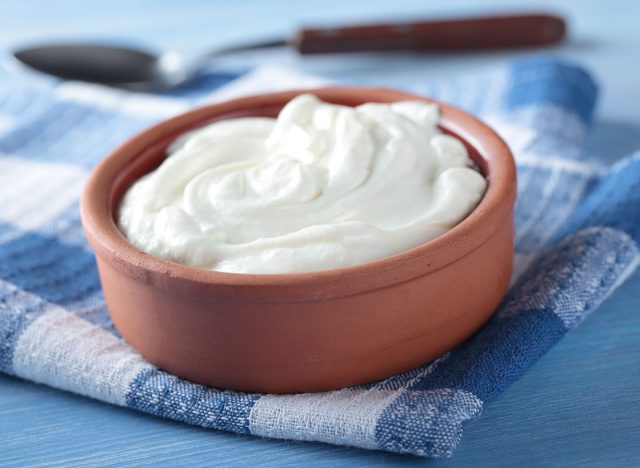
Yogurt is good for burning fat and great for the gut. "I like to mix fruit and yogurt together. Yogurt is also a good source of protein. However, it's a great source for pre and probiotics, which obviously is a good bacteria that helps regulate your gut function," he says.
RELATED: 4 Taco Bell Foods I Stopped Eating to Drop 160 Pounds, and 6 to Order Instead
Chicken Salad
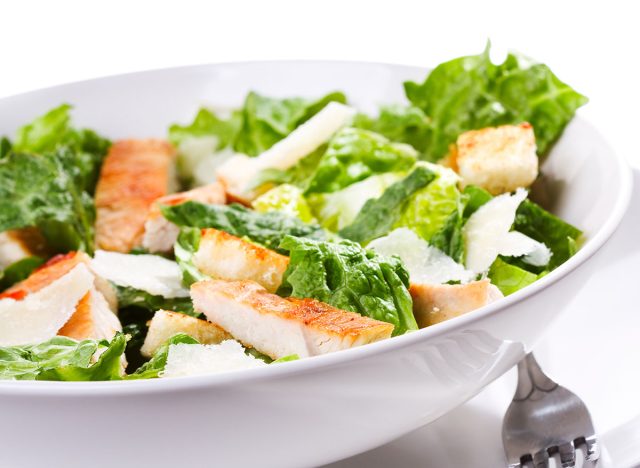
"As a bonus, I'll go ahead and give an honorable mention to chicken salad," says Darryl. "I'm talking about some sort of salad put together and some chicken on top, so you get your protein and obviously all the salad; the spinach is gonna make you feel even more full." And if you enjoyed this article, take advantage of these 15 Quick Ways to Lose Body Fat Percentage in a Week.




